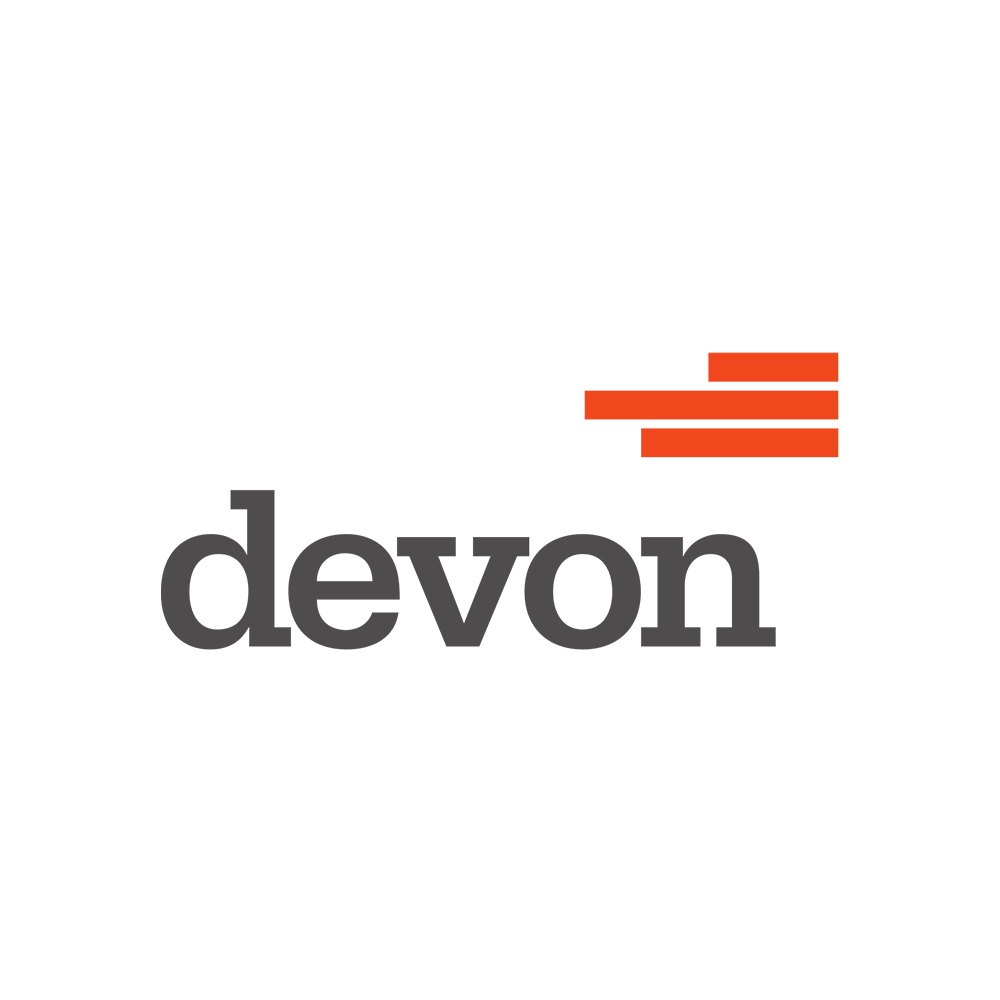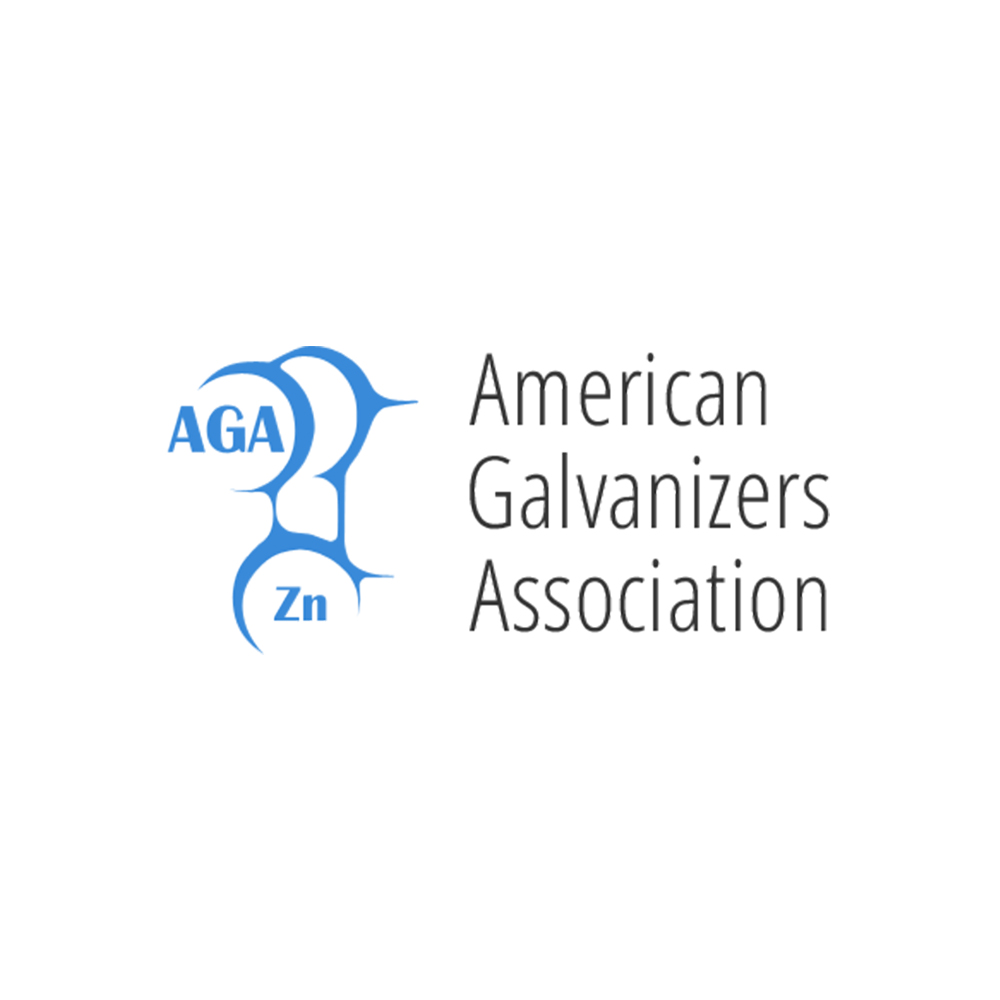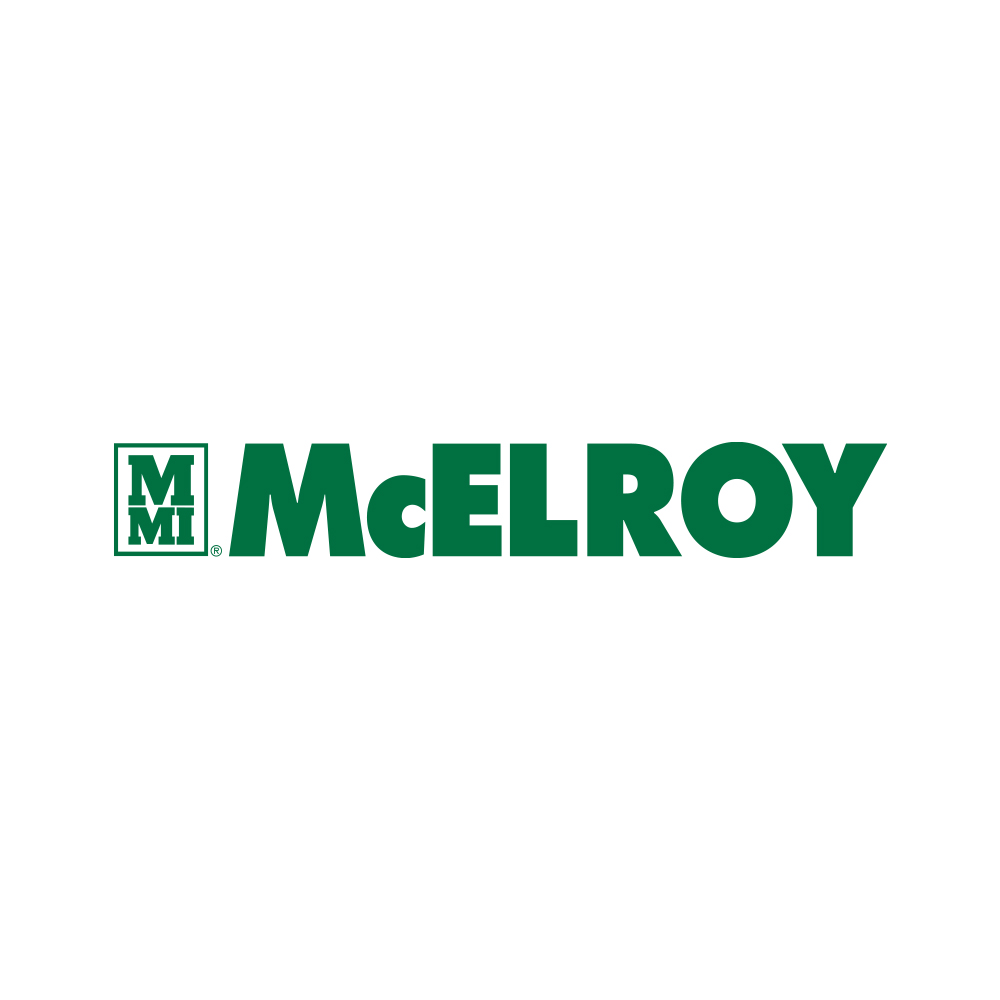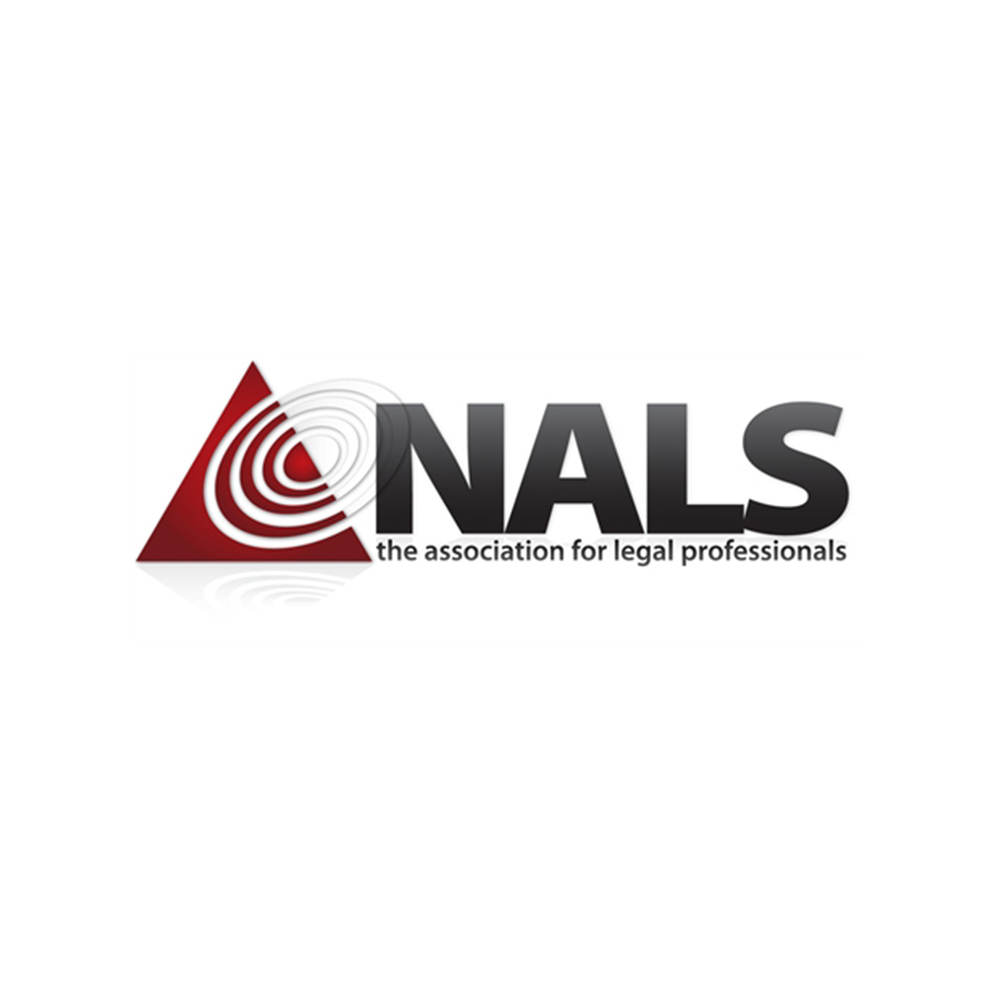Bridging the Generational Gap by Defining “Good”
Learn how to redefine “good” for productivity and quality in the workplace. This article provides actionable steps for leaders to bridge generational gaps and elevate team performance by answering the question, “What does good look like?”
*****
One of the frustrations I hear from clients when they talk about the younger generations is a perception that their work is of lower productivity and quality. It’s a complaint that comes from leaders in organizations across a variety of sectors and markets.
It’s common for there to be friction between the generations and how we work—from “time management” to “productivity” to “work ethic.” These become hot topics of conflict and frustration in the workplace and create unnecessary noise.
So what’s behind these issues, and can we overcome them?
The answer is yes, we can overcome these challenges. Most of the friction is due to misunderstandings and misperceptions. Today, I want to share with you my technique to quickly align your team members to your intent and expectations as a leader around a single question:
What does good look like?
Pause and reflect on an issue you experienced with a team member who did not provide the quality or performance you expected. Had you shared your expectation of what good or quality means to you?
For the past few years, the main frustration I have heard from younger employees (Millennials and Gen Z) is uncertainty about performance expectations. They often receive criticism for mistakes, but struggle to grasp the definition of ‘good’ in their tasks. They lack feedback on whether they met expectations or could enhance their work.
Overcoming Performance Challenges with Three Key Steps
If you’re addressing this challenge with your team members, here are four steps to change the dialogue, and improve your team members’ performance:
1. Don’t assume they understand what good looks like—define and share it.
This first step is on you. You need to recognize that not everyone will have the same understanding of how you measure quality or completeness. Because we’re so fast moving, we usually don’t take the time to share our expectations of what the assignment should produce, nor the level of quality, and why it is needed. But taking just a few more moments, the quality of output and performance can be increased substantially. Ask yourself, if you were receiving the assignment, would you understand what good looks like? Be explicit without micromanaging. Typically, I conclude this type of conversation by asking what they think their next steps are and what questions they may have around my expectations.
2. Ask the team member to come to you when they think they are complete with the assignment.
This step puts the accountability back on them. Too often, I see leaders micromanaging the employee toward completion or constantly checking in to see if they’re finished. This isn’t teaching the employee what good looks like. It’s just teaching them to get the minimum amount done so that the manager gets out of their space. Instead, by having the employee reach out when they believe the task is complete, they must use their judgment to determine if they feel it meets your expectations.
3. Provide specific and explicit feedback.
If you see gaps in their judgment, or experience, start with questions. For instance, instead of saying, “This section didn’t make sense,” try responding, “After reading this section, what do you take away from it?”
If you had to fix part of the assignment, walk them through what didn’t meet expectations, and explain how you went about resolving it. Then set the expectation that next time you would like them to do it that way.
By slowing down for a moment and ensuring that your expectations of “good” are understood by the team members, their performance will improve quickly. The younger generations don’t respond to criticism and negativity in the same way as older generations. Rather, they’ve been coached and trained to rise to a bar of “good.” The steps above shift how we engage them to establish and meet that bar.
To learn more on this topic, read this article from Gallop. New research reveals that more Americans have been feeling dissatisfied with their employers since the pandemic began, with surveys showing they don’t have a clear idea of what’s expected.
Lead Across Generations
Ready to lead your team seamlessly across generations? Elevate your leadership with tailored solutions. Whether it’s engaging keynotes, interactive workshops, or personalized executive coaching, I’m here to help you navigate the complexities of multigenerational leadership.
Contact me to learn more about my offerings.























